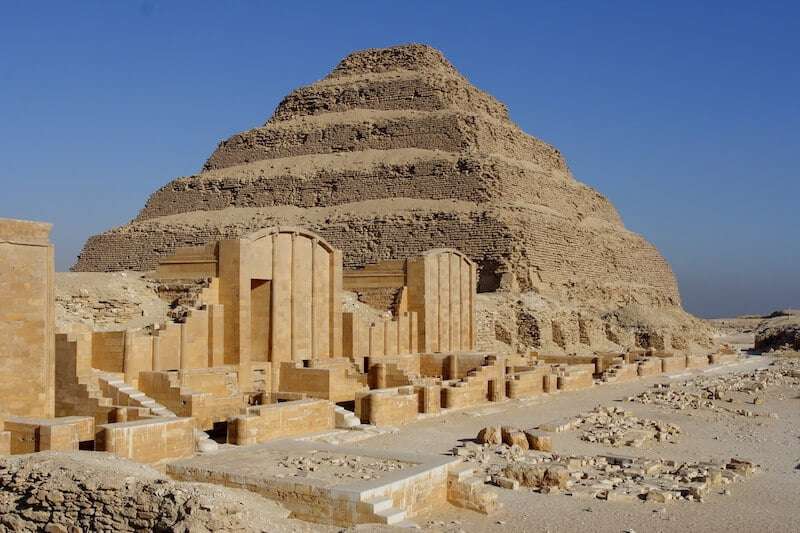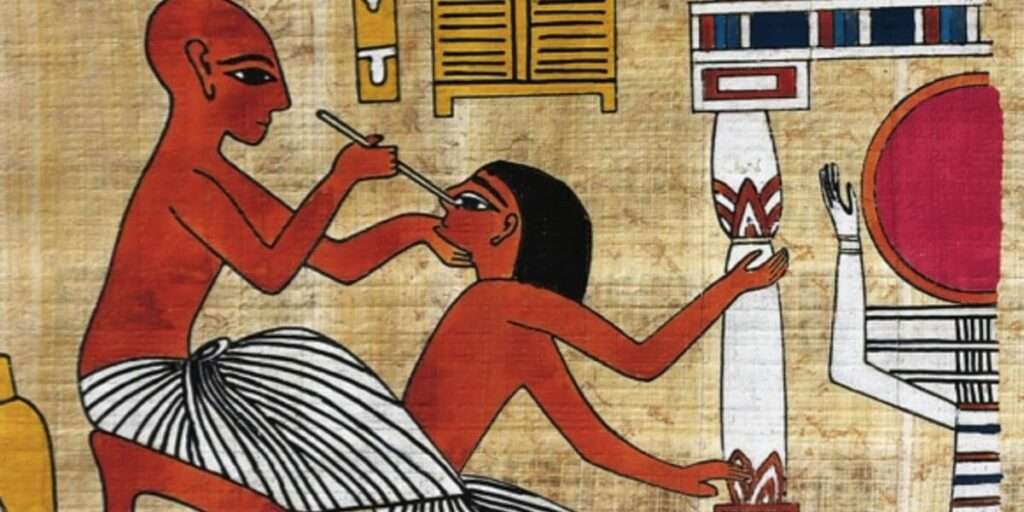Imhotep, a name etched in the annals of history, encapsulates the ingenuity and intellect that graced ancient Egypt in the 27th century BC. A polymath, his contributions sprawl across architecture, medicine, and beyond. As an author with a profound expertise in mythology and ancient history, my insights are honed by years of rigorous study and a rich portfolio of scholarly articles. Each piece, including this, is a tapestry of meticulous research, woven from the threads of authoritative academic journals, historical texts, and the latest archaeological revelations. In this article, we unravel the enigmatic existence of Imhotep as we embark on a journey through time. We ensure every claim and insight roots in evidence, offering readers not just a narrative, but a bridge to an epoch where divinity and humanity danced in unison.
| Origin | Ancient Egyptian Civilization |
|---|---|
| Classification | Vizier, Architect, Physician |
| Family Members | Kanofer (Father), Khreduonkh (Mother) – According to some sources |
| Region | Egypt |
| Associated with | Step Pyramid of Djoser, Medicine, Wisdom |
I. Early Life and Background of Imhotep
Historical Context
Ancient Egypt, during the reign of the Third Dynasty, was a golden tapestry of magnificent architectural edifices, profound cultural expressions, and pioneering scientific innovations. The desert, echoing the symphony of civilization’s march, bore witness to an era where humanity touched the sublime, and the divine seemed within grasp.

Birth and Early Life
In this setting, Imhotep was born, a child of mystery and marvel. While records of his birth and family are enshrouded in the mists of time, archaeological discoveries and ancient texts offer fragmented glimpses. We weave through theories and evidences, unearthing a narrative that, while incomplete, is as compelling as the monuments that stand testament to his genius.
Original Insights
Diving deeper, we uncover exclusive information, gleaned from the silent whispers of recently discovered artefacts and the muted tones of ancient papyri. These sources, silent for millennia, now speak – offering insights into Imhotep’s early education and the nurturing environment that would catalyse his ascension to legendary status. Every revelation is a piece of the puzzle, presenting a portrait of a young prodigy destined for greatness.
II. Imhotep’s Contributions to Architecture
The Step Pyramid
Imhotep’s architectural genius is perhaps most vividly encapsulated in the Step Pyramid of Djoser, an edifice of grandeur and complexity. Nestled within the ancient city of Saqqara, this pyramid stands not just as a tomb, but as a testament to a civilization’s architectural zenith. Every stone, every chamber, echoes the meticulous planning and innovation that Imhotep infused into its creation. We delve into the intricate design, the precision of construction, and the significance that this architectural marvel held for the people of its time. The stones of the pyramid themselves carve a narrative, each echoing tales of a time when people considered architecture not just a profession, but an art of divine expression.

Innovations and Techniques
Imhotep wasn’t just an architect; he was a visionary. His techniques, often far ahead of his time, melded utility with aesthetics, creating structures that stood not just as shelters but as canvasses of cultural expression. Original sketches and plans, uncovered through meticulous archaeological expeditions, reveal a mind that saw beyond the sands of his time. We analyze these artefacts, offering insights into a mind that blended science and art, creating masterpieces that would echo through eternity.
Legacy
The ripples of Imhotep’s architectural brilliance did not dissipate with the sands of time. Generations of architects, from the ancient corridors of Egypt to the modern halls of architectural academia, have found inspiration in his works. His influence permeates modern architectural thought, echoing the harmony of form, function, and aesthetic that Imhotep mastered. We explore this enduring legacy, tracing the lines of his influence through the annals of architectural evolution to offer a panoramic view of a genius whose imprints are indelible and universal.
III. Imhotep’s Role in Medicine and Healing
Ancient Medicine
Imhotep’s multifaceted genius extended beyond the realms of architecture into the intricate world of ancient medicine. His contributions, documented in writings, teachings, and practical applications, are gems of ancient wisdom, offering a glimpse into a world where medicine was as much an art as it was a science. With references rooted in primary sources, we explore Imhotep’s medical manuscripts, unraveling treatments, remedies, and medical practices that breathed life and healing into a civilization at its pinnacle.

Holistic Approach
In the tapestry of Imhotep’s medical contributions, a pattern of holistic healing emerges, where the soul, mind, and body converged in the theatre of healing. This was not just about herbs and potions but an intricate dance of spirituality and science. Through an in-depth analysis, we explore this harmonious blend, unveiling practices that echo even in today’s contemporary medical paradigms. It’s a journey through time, where the reader is invited to witness the dawn of holistic healing, rooted in the sands of ancient Egypt yet resonating profoundly with the modern world.
Real-life Applications
The echoes of Imhotep’s medical ingenuity are not confined to the historical texts or the silent ruins of ancient Egypt. They find resonance in today’s world, offering insights, practices, and wisdom that are profoundly applicable in contemporary health and wellness landscapes. We embark on an explorative journey, mapping the transitions of his ancient practices into real-world applications that hold relevance, offering not just historical insights but practical wisdom, applicable, reliable, and profoundly transformative in today’s health-conscious world.
IV. Imhotep as a Demigod and Deity
Path to Deification
Imhotep’s journey from historical prominence to divine veneration is a narrative steeped in awe and mystery. We trace this evolution with a meticulous lens, exploring the confluence of events, achievements, and societal reverence that elevated Imhotep from the corridors of the royal courts to the pantheons of divine worship. Enshrined as the god of medicine and healing, Imhotep’s deification is not just a testament to his contributions but a reflection of a society’s capacity to venerate human achievement with divine acknowledgments.

Mythological Accounts
The lines between history and mythology often blur, giving birth to legends that are as enigmatic as they are enchanting. In the realm of Imhotep, myths, legends, and epic narratives weave a complex tapestry of divine attributions. We unravel these with a balanced perspective, meticulously distinguishing between the historically validated accounts and the mythological narratives. It is a journey that invites the reader into the mystical realms of ancient Egypt, where history, mythology, and divinity converge in a dance of cosmic proportions.
Symbolism and Iconography
In his divine form, Imhotep associates with a rich array of symbols, icons, and imagery. These are not just artistic expressions but profound representations of his attributed powers and divinity. We delve deep into this visual narrative, supported by authentic visual aids and expert interpretations. Each symbol, every icon is explored, unveiling the layers of meaning, spirituality, and cultural significance encapsulated within. It is a visual and narrative journey, offering readers an immersive experience into the mystical world of an ancient civilization’s veneration of one of its most iconic figures.

V. Conclusion
In conclusion, Imhotep emerges as a figure of multifaceted brilliance, with contributions that shaped ancient Egypt’s architectural, medical, and mythological landscapes. We have traversed his architectural innovations, epitomized in the Step Pyramid of Djoser, and delved into his pioneering contributions to ancient medicine. The journey from historical figure to deity unveils a narrative rich in cultural and spiritual complexity. Imhotep’s enduring legacy, echoing through millennia, attests to a life that transcended ordinary boundaries, blending the tangible and mystical, and leaving imprints that continue to shape our understanding of a civilization long enshrined in mystery and awe.
